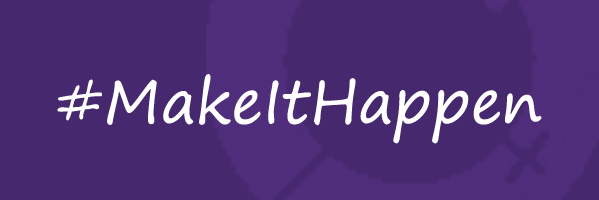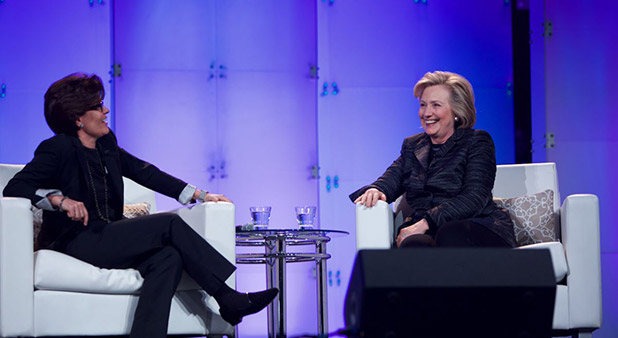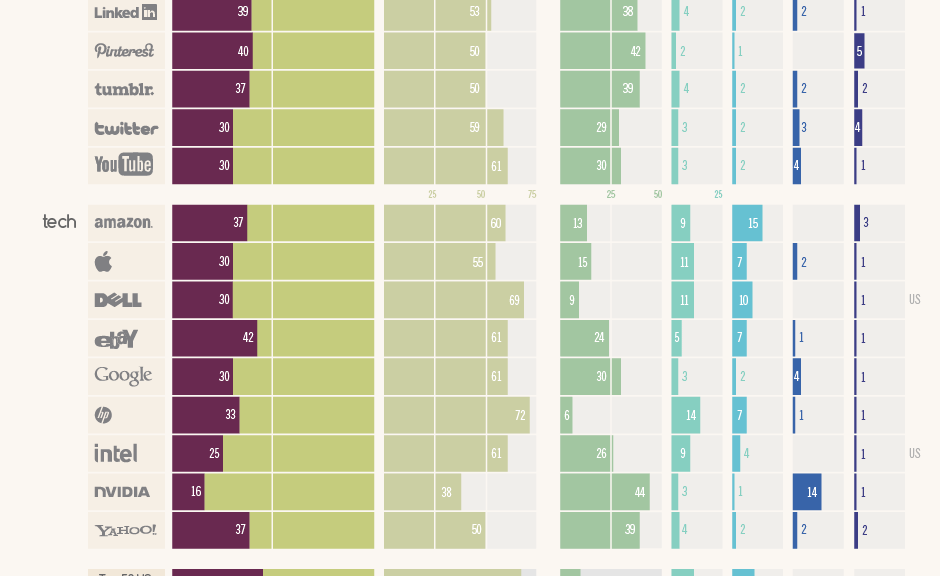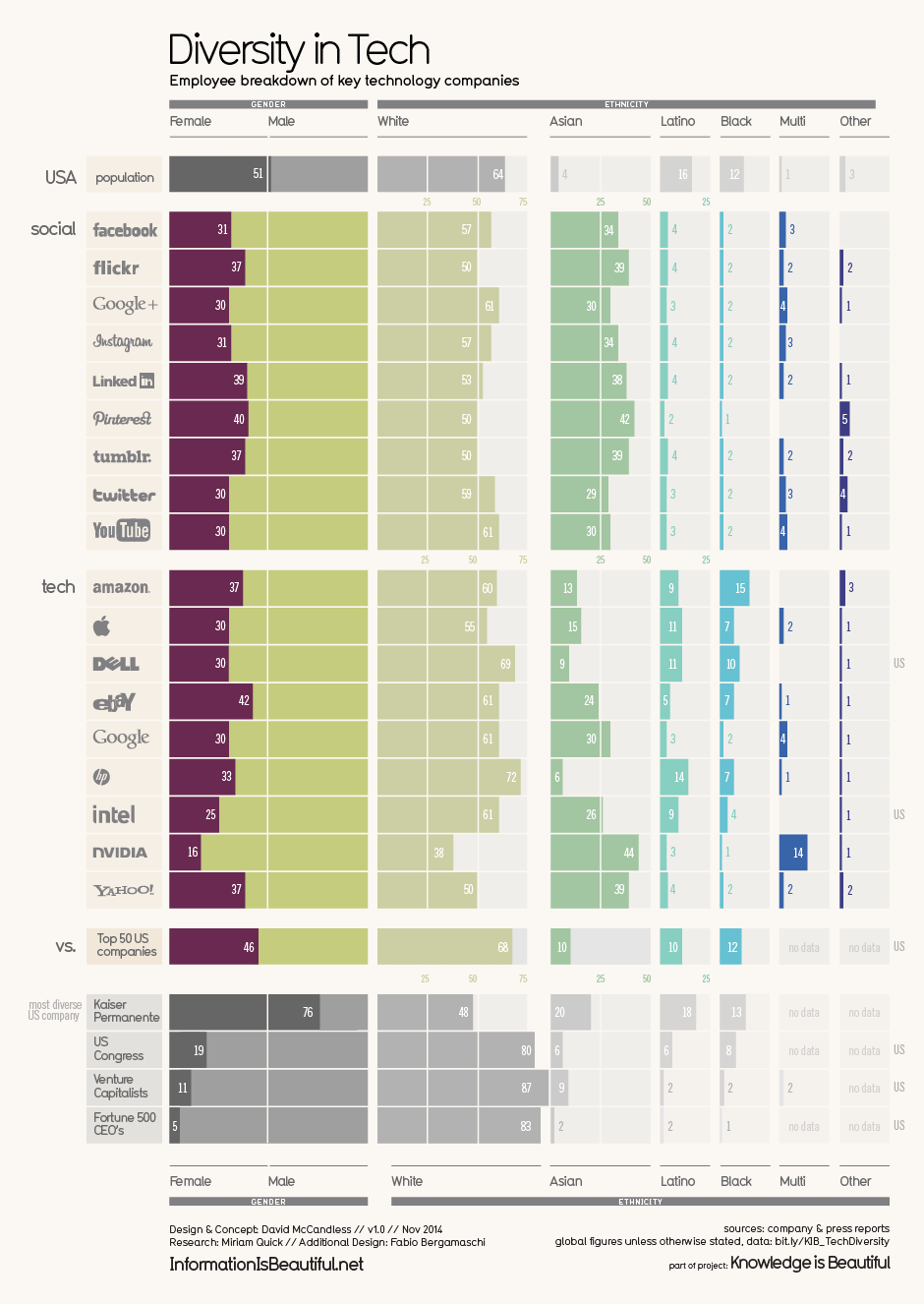Games are playing an increasingly large role in the tech industry. An estimated 59% of Americans play computer games according to the Entertainment Software Association — and we’re talking about an industry creating tens of billions in revenue, with some estimates reaching $100 billion overall.
Interesting fact: Did you know that recent studies show that almost half (48%) of the users of games are women? Or that women over the age of 18 also represent a significantly greater portion of the game-playing population (36 percent) than boys age 18 or younger (17 percent)?
This particularly noteworthy, because this is a sector where women have appeared to be relatively absent – at least in terms of women characters being represented. Lara Croft’s character in Tomb Raider is one exception. The lack of female protagonists stirred controversy at last June’s Electronic Entertainment Expo (E3), the big industry gathering.
While the “dudebros” perception is that only guys make and play video games, this is clearly not the case in games. And game developers, like all companies, would be wise to really take a look at their consumer base and act accordingly.
Women also have made some of the most influential and important games, going back to the early days of Atari.
This is in evidence at the Oakland, CA Museum of Art and Digital Development (MADE), where they are trying to help change perceptions of reality by increasing awareness regarding women’s contribution to games. An interactive exhibit at the Museum is celebrating six important and pioneering women in games development and displaying work from their careers.
I’m sure some of these honorees will be more than familiar to gamers out there:
- Roberta Williams, who co-founded Sierra Entertainment and pioneered graphic adventure games like Kings Quest 1
- Carol Shaw, an early Atari and Activision designer, whose credits include River Raid
- Rieko Kodama, a Sega designer, credited with the high-profile Phantasy Star series
- Yoko Shimomura, a video game music composer, whose work includes Street Fighter II
- Danielle Bunten Berry, who is famous for Seven Cities of Gold
- Amy Henning, a video game director whose work includes the Legacy of Kain series
MADE’s appreciation of women in games comes at a perfect time, when there is positive change occurring:
The number of women in game development has nearly doubled since 2009, according to a report from International Game Developers Association (IGDA). (Women now make up 22% of the workforce in game development.) And the IGDA with the support of Intel announced earlier this year it is working to double the number again and bring more women and other diverse talent to the tech and games industries. Also in Europe, Women in Games Jobs (WIGJ) announced it plans to help double the number of women working in the industry in the UK and Europe over the next ten years.
In another sign of the times, Ubisoft’s Assassin’s Creed will reportedly get a female protagonist, and EA Sports has just announced it will include 12 female teams in “FIFA 16″. Read more here.
Meanwhile another symbol of the change also occurred last weekend across the San Francisco Bay from the MADE exhibit, where another inspiring event was taking place to promote interest of girls in games. The brand-new San Francisco chapter of national nonprofit ChickTech held a pop-up educational event with as many as twenty young women from local high schools participating in a session on game programming around Unity 5 game development tool.
ChickTech: High School is an arm of the ChickTech nonprofit that revolves around creating events that will get high schoolers interested and excited about technology. ChickTech’s mission is to reach the girls who would make great engineers, but because of stereotypes and a lack of opportunity, may not realize it until they are already doing something else.
It definitely will be interesting to watch what happens at this year’s E3 Expo 2015 taking place June 16-19 in LA and whether we will see women in games continue to make strides!
![]()
![]()






